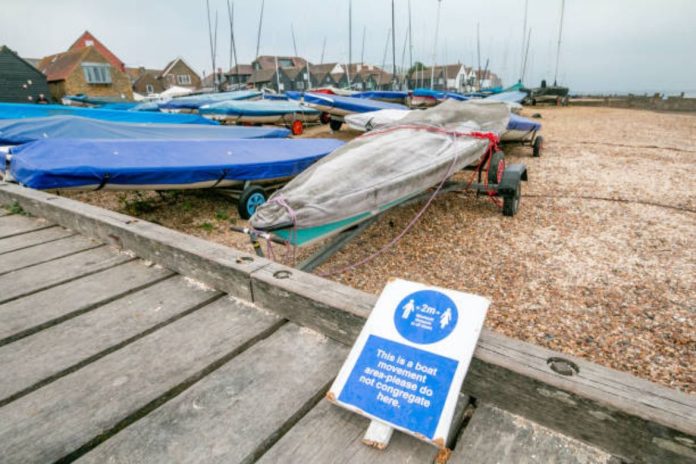Asbestos has an interesting history. From the 1930s to the 1970s, manufacturers considered it a prized material for its durability and fire-resistant properties in various industries, particularly in construction in Kent and other counties in the UK. Despite its usefulness, asbestos is no stranger to controversy due to its profound health risks when disturbed or inhaled. In this post, we look at the need for asbestos surveys and will uncover their crucial role in safeguarding lives and properties.
The Necessity of Asbestos Surveys
Visual inspection alone cannot definitively confirm the presence or absence of asbestos fibres within building materials. It takes an asbestos survey, often referred to as asbestos screening, to provide a reliable assessment. This process involves sampling and subsequent laboratory analysis, ensuring accurate identification and quantification of asbestos fibres. The significance of this lies in the safety of building occupants and workers, as asbestos-containing materials (ACMs) pose serious health risks when damaged or “friable,” releasing harmful fibres into the air.
When and Why Are Asbestos Surveys Conducted?
Asbestos surveys in Kent become imperative in various scenarios:
1. Commercial Real Estate Transactions: Due diligence requires an asbestos survey during Kent property transactions or financing ventures. Identifying ACMs helps potential buyers and owners make informed property management or removal decisions.
2. Demolition and Renovation: Asbestos surveys are a prerequisite whether a building is marked for demolition or renovation. Even after the partial ban on asbestos in 1989, certain products containing it persist, making it essential to ascertain ACM presence.
3. Building Permits and Local Regulations: Asbestos surveys are often a prerequisite for obtaining building permits. Local building departments enforce this requirement to prevent the release of asbestos fibres during renovation or demolition, safeguarding occupants and workers.
4. Post-Disaster Assessment: In the aftermath of flooding, water damage, or natural disasters compromising a building’s structural integrity, an asbestos survey is a critical initial step before assessing damage or initiating reconstruction.
Types of Asbestos Surveys
Asbestos Screening: This survey suits situations where damaged materials need repair, potentially posing health risks. It targets areas with suspected ACM and is sometimes termed a “transactional survey.”
Limited Asbestos Survey: A more comprehensive sampling approach, based on customer needs, targets homogeneous building materials, including roofs, walls, siding, or specific suspected areas.
Construction or Pre-Renovation Asbestos Survey: Focusing on materials within the renovation zone, this survey ensures that renovation activities won’t disturb or release ACM into the environment.
Pre-Demolition Asbestos Survey: The most extensive assessment, the pre-demolition survey, examines all facets of a building, inside and out, using destructive sampling. This survey may require small sections of the building to be destroyed to access hidden ACM.
Asbestos Removal and Beyond
Beyond asbestos removal, other management options include abatement oversight, air monitoring, developing operations and maintenance plans, and clearance sampling. An asbestos survey, however, serves as the foundational step, ensuring the necessary permits for safe renovations or demolitions.
Investing in an asbestos survey is a wise choice, safeguarding human life and facilitating seamless transactions in commercial and residential real estate. It’s crucial to engage certified professionals who remain up to date with regulations and certifications,
In conclusion, asbestos surveys are not mere formalities but vital safeguards, ensuring that buildings and lives remain asbestos-free in a world where this hazardous material still lingers in unexpected places.









